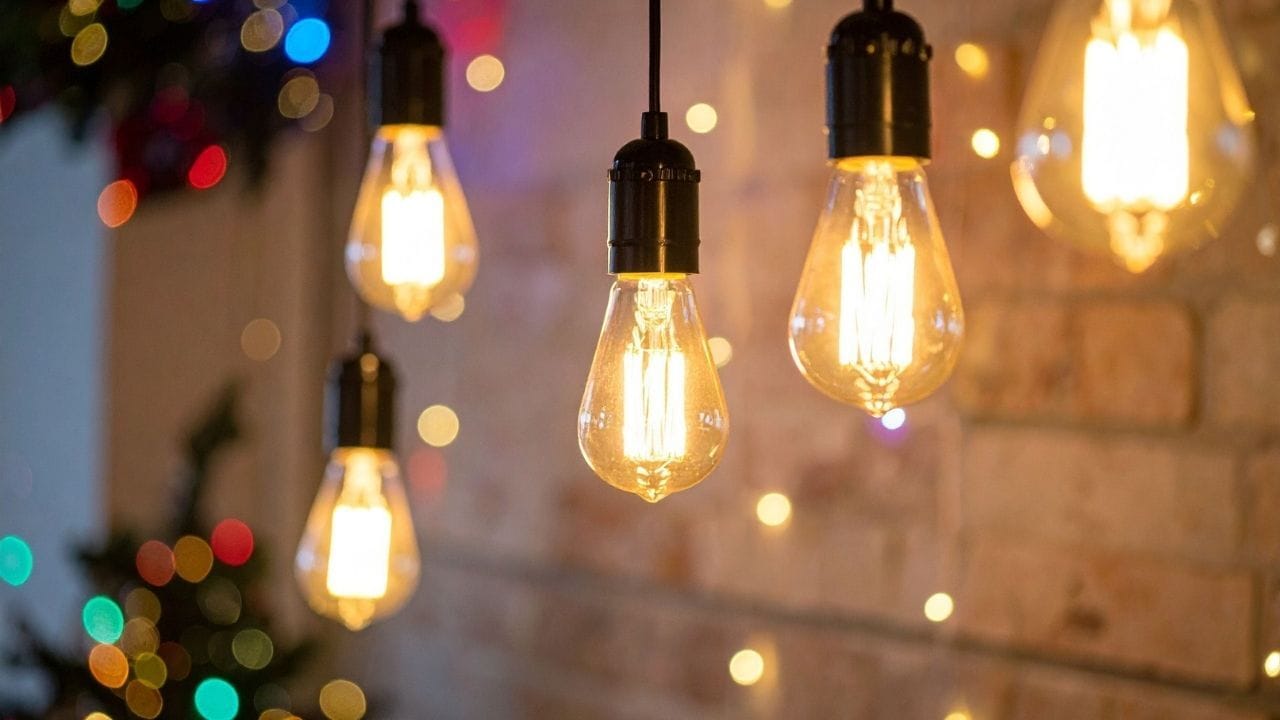Before the first plate hits the pass, your guests are already being served—a full sensory appetizer of rhythm, light, and psychology.
That upbeat playlist? It’s not just ambiance—it’s a tempo for chewing. Those dim lights? They’re softening the amygdala and lengthening linger time. Understanding the science behind ambiance isn’t fluff—it’s strategy.
Let’s dig into two of hospitality’s most underrated (and underleveraged) profit drivers: sound and atmosphere.
The Soundtrack of Satisfaction
Restaurants sound different for a reason—and the right soundtrack can boost both mood and margin.
Fast-casual concepts tend to crank up the tempo. Faster beats mean faster bites. The rhythm nudges chewing speed and time perception, so guests eat quicker, sip less, and clear the table faster.
Fine dining, on the other hand, slows the tempo and softens the bass. Slower music stretches time perception. Guests linger longer, order dessert, and spend 10–15% more without realizing it.
In one Cornell study, guests who dined to slow, soft music rated their meals as tastier and drank more wine. It’s as if the playlist quietly whispers, “Relax—you deserve another glass.”
Our brains are natural rhythm machines. The electrical activity of our neurons forms patterns called brainwaves, and these waves tend to sync—or entrain—with external rhythms like music. When a song’s tempo matches certain frequencies, our brainwaves subtly follow along.
Fast beats (120–140 bpm) sync with beta waves—alert, focused, and active. That’s why quick-service restaurants feel buzzy and efficient; your brain literally speeds up.
Slower tempos (60–80 bpm) align with alpha waves, linked to calm, connection, and creativity. That’s why in a cozy bistro, conversation feels effortless and the world outside fades away.
Brainwave entrainment means the beat in the room doesn’t just set the vibe—it sets the brain state of your guests. The music literally tunes their nervous system.
The best operators know that music isn’t background noise—it’s behavioral design. Savvy restaurateurs use playlists to guide energy, emotion, and experience throughout the day. They match tempo to traffic. Morning? Upbeat and bright to move guests through. Evening? Slow, smooth, and warm to make time stretch and tabs grow.
They align genre with brand. A rustic wine bar isn’t just serving Malbec—it’s serving mood. Jazz, acoustic, or low-fi cues reinforce brand identity as much as décor does. They manage flow through sound. A subtle uptick in BPM during the lunch rush can subconsciously increase table turnover without ever making guests feel rushed. They train the team to tune in. Music sets the tone for service, too. The right soundtrack keeps energy high, syncs team pace and helps staff maintain rhythm during peak hours.
When the soundscape syncs with the service, everything—from the guest experience to the bottom line—runs in harmony.
Lighting, Temperature, and Mood
Lighting and temperature might not show up on your balance sheet, but they’re silently influencing dwell time, guest comfort, and ticket averages.
Soft, warm lighting relaxes the amygdala—your guests’ internal threat detector. It signals, “You’re safe. Stay awhile.”That’s why a dimly lit booth feels intimate, inviting, and Instagram-worthy. Cool, bright light flips a different switch: it activates the prefrontal cortex, the brain’s “get-things-done” zone. There’s a reason a cozy bistro feels different from a coffee shop.
And temperature? It’s pure behavioral gold. Studies show guests linger longer and spend more when the room sits in the 72–74°F range—not too hot, not too cold, but the Goldilocks Zone of hospitality.
Too cold, and cortisol (the stress hormone) spikes. Guests fidget, eat faster, and leave.
Too warm, and dopamine dips. Suddenly, everyone’s in “post-meal nap” mode instead of “one more drink” mode.
Hospitality isn’t just comfort—it’s chemistry. Literally.
Great hospitality lives in the invisible details—the sensory cues that quietly tell guests how to feel before a server ever says a word.
When you align your playlist, lighting, and temperature with the kind of experience you want to create, you move from serving food to staging emotion. It’s not manipulation; it’s emotional choreography.
Hospitality isn’t art or science.
It’s both—and when it’s done right, it hits all the right notes.
Dr. Melissa Hughes is a dynamic keynote speaker and author of Backstage Pass: The Science Behind Hospitality that Rocks. She’s known for blending cutting-edge brain science with contagious energy, humor, and heart. Melissa delivers unforgettable keynotes that spark mindset shifts, boost engagement, and drive measurable, lasting transformation.


